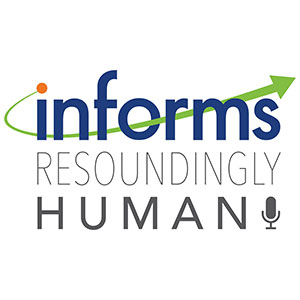Denver Post, February 2, 2016
Data scientist, named the best job in America for 2016 by job site Glassdoor, is the sexy mashup of traditional careers from data analysis, economics, statistics, computer science and others.
But it goes beyond collecting and analyzing data. It's a job for the curious, for the intuitive and for those who like to not just solve problems but figure out the problem. It's part science, part art.
The rise of data science is due to the explosive growth of data collection — or big data — and the need for companies to make sense of the mishmash of new types of data from smartphones, images, human behavior and even handwriting.











